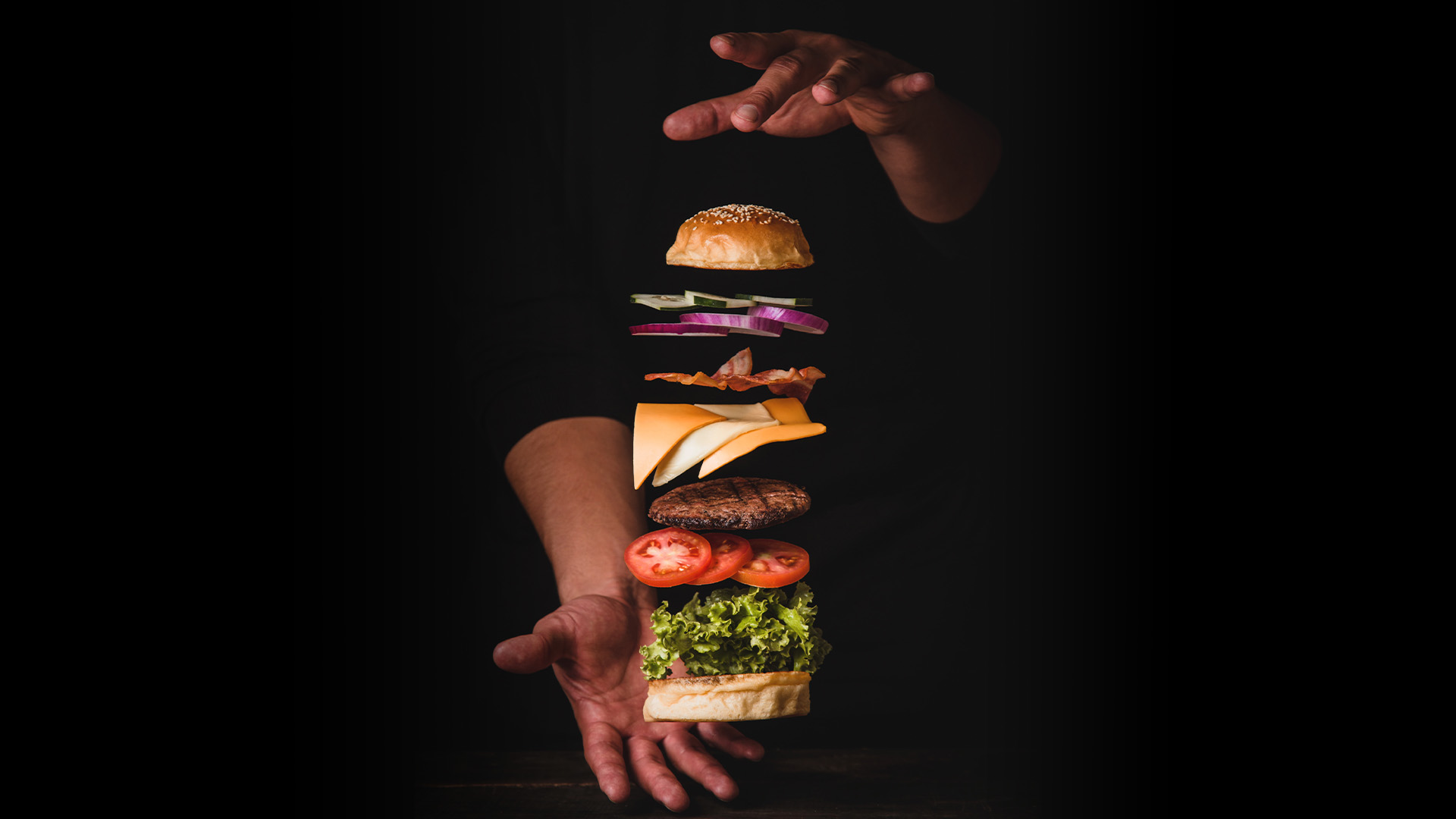Published by
Michael Kanne, restaurant lead and Experience Consultant at Bottle Rocket, discusses the 2023 trends most likely to shake the earth in the QSR sector.
Inflation is slowly beginning to level off, with December’s core consumer price index sitting at 6.5 percent. However, the cost-of-living crisis continues to plague the economy as consumers scramble to save. Diners are forced to think twice before eating out and when they do indulge in a little luxury, like a dinner with a loved one, or takeout after a hard day at work, they’re looking for good value – something that makes it worth it. QSR businesses will need to do everything they can to provide memorable experiences that keep their customers coming back.
With food service businesses still suffering from supply chain shortages, their hands are often tied when it comes to pricing, but they can still provide customer experiences that make a diner feel valued. Of course, they can do this by adhering to time-honored best practices like training their employees to be personable and attentive to customer needs, providing good food, and maintaining a clean and appealing in-store experience. However, in 2023 we will also see restaurateurs leaning into the latest digital innovations to improve order time, take a cognitive load off employees, and surface opportunities to surprise and delight customers by leaning into personalized experiences.
The Food Delivery Revolution
Food delivery platforms like Grubhub and DoorDash took center stage due to COVID-19, and 2022 saw food delivery apps remain a permanent fixture, with the average American making nearly 55 food delivery orders yearly. In 2023, QSRs will continue to embrace this ongoing food delivery revolution to reach new customer segments.
However, with delivery fees eating into restaurant profits, restaurants like Chick-fil-A are leading a movement to bring food delivery apps in-house. Expect this trend to continue as leading QSR brands look to steal a slice of the pie from the likes of Uber Eats.
No Stopping AI
Artificial intelligence continues its tireless march toward transforming every sector. For QSRs, AI promises to improve efficiency while opening new opportunities for personalization. In the drive-thru space, companies like McDonald’s are using AI to program menu boards that display items based on weather and the time of day. Voice technology, meanwhile, is increasingly used to automate ordering and free up human employees for more rewarding, high-impact tasks.
Ordering Online, on App or Through QR Codes
Apps continue to open new avenues to connect with customers and boost convenience. 40 million people downloaded the McDonald’s app in 2022, and YoY downloads of the top 36 QSR apps were up 6.6 percent in December. Mobile ordering allows customers to order en route to the restaurant, cutting down wait times, increasing the number of customers that can be served, and increasing sales. Advances in machine learning mean that expected wait times for an order can be automatically generated.
As an added benefit, digitizing a customer’s buying habits on an app allows QSRs to scrutinize buying habits and personalize their offer
ing accordingly. Trends likely to hit the headlines in 2023 include dynamic pricing, personalized menu items and upsells, app-only offers, and deals based on individual preferences. Trends like contactless ordering have also seen QR codes and app clips enter the ordering ecosystem. App clips, small parts of a larger app that open without the need for a download, represent just one more example of reducing digital friction in a physical world.
Omnichannel isn’t Going Anywhere
On their mission to fuse digital and in-person experiences, perhaps the biggest pitfall facing restaurateurs will be going overboard with tech implementation. If QSR leaders have learned anything from 2022, it’s that technology will never completely replace human interaction. QSRs will want to make the most of the latest innovations, without losing sight of human and physical touches
An omnichannel approach that balances digital transformation and efficiency with human spontaneity remains the goal. The National Restaurant Association’s State of the Industry report found that 78 percent of restaurant leaders view digital solutions as a way to support staff amid labor shortages rather than replace them. In case you were hoping for the end of the sit-down dining experience, it’s still a long way away, with 68 percent of diners indicating that they prefer traditional dining service to delivery, takeout or drive-thru.
In 2023, food service brands looking to build engagement and conversion want to be building customer relationships across every possible touchpoint. That means looking at all the latest innovations and strategizing about how they can be seamlessly integrated into an omnichannel ecosystem. Every diner has their own unique preferences for interaction with a brand, and each point of contact should integrate seamlessly with every other. It is important to remember, the magic happens by considering the holistic experience, not just targeted parts of the diner journey.
This article was originally published in the February 2023 Digital Issue of Total Food Service.
Share:
Categories
tags
Related Posts

The Value of Agency Project Managers

Your Guide to a Product Analytics MVP


